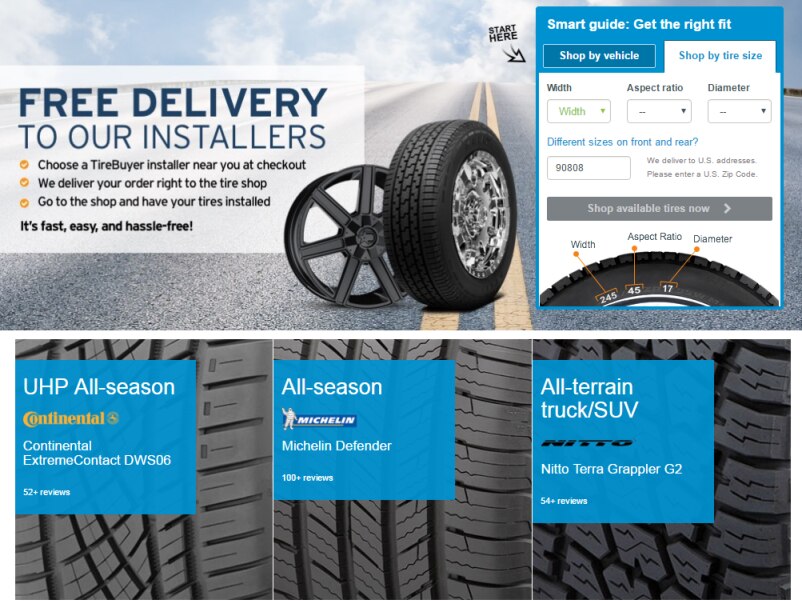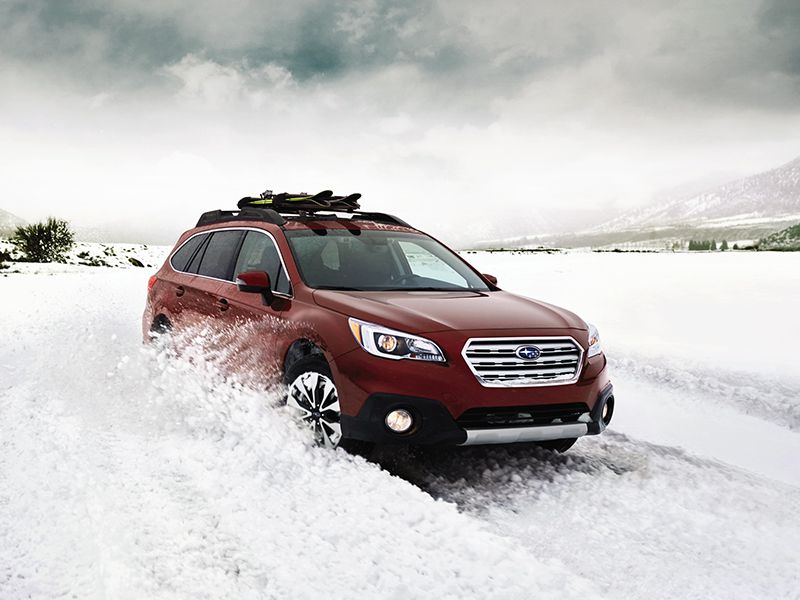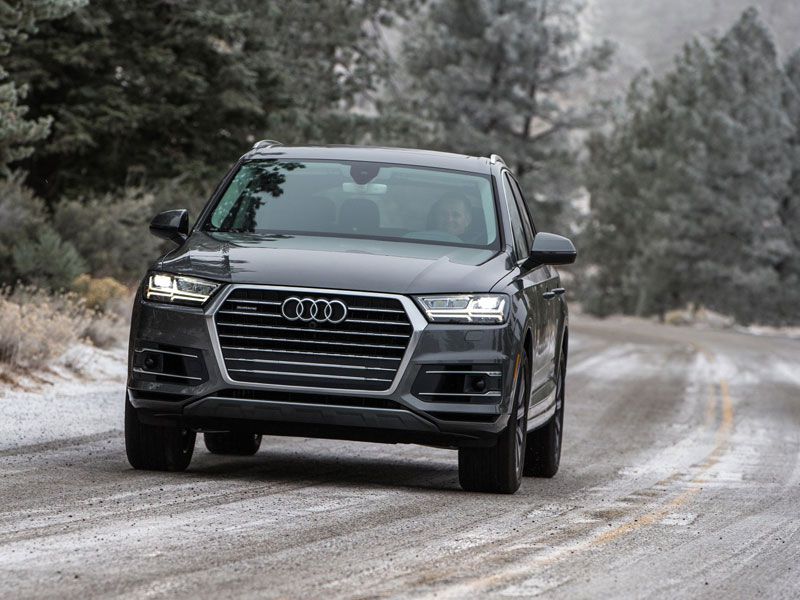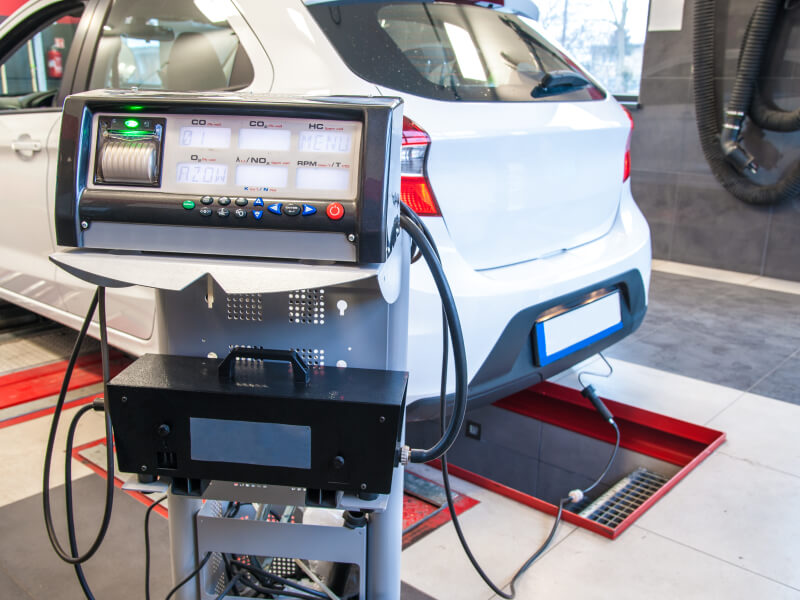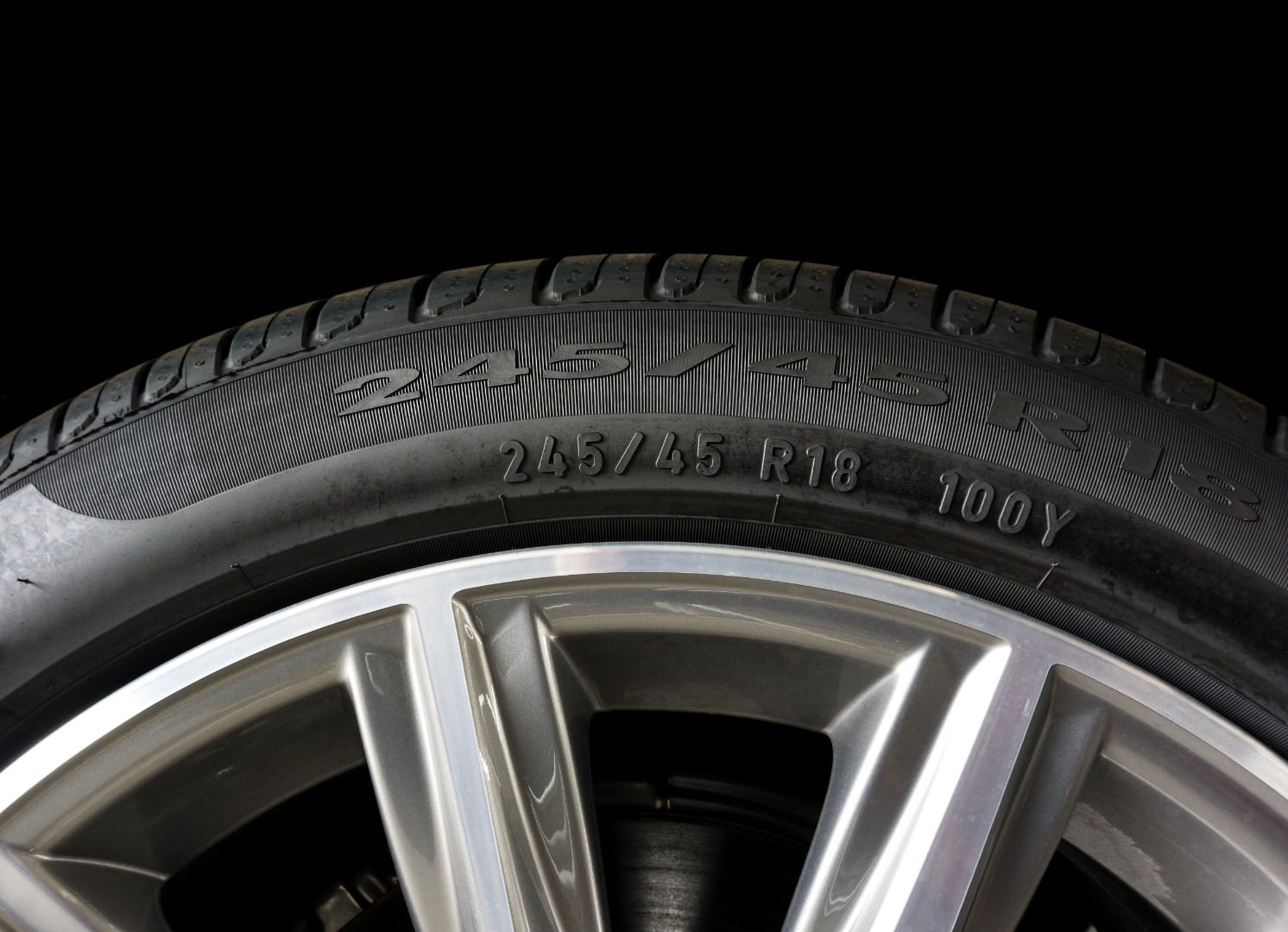Winter Driving Guide: Maintain Traction This Winter
For many of us, features like traction control, all-wheel drive, and winter tires are given little if any consideration during the car buying process. While somewhere in the back our subconscious, we may recognize their importance, we are often more concerned about the vehicle’s flashier, more overt features – like fuel economy, performance, and interior comfort. However, if you have ever lost traction on a snowy or icy road, you are probably aware of just how important those other features are. Even in moderate climates, where temperatures seldom dip below freezing, road conditions can deteriorate quickly during the winter. Without one, two or all three of the following features, you may find yourself careening out of control:
Stability and Traction Control for Snowy and Icy Roads
While traction and stability control is not as effective as All-Wheel Drive (AWD) or Four-Wheel Drive (4WD), these features can help minimize wheel slippage and keep your car pointed in the right direction.
- Traction Control: Traction control monitors the speeds of driven wheels, strategically applying the brakes of a slipping wheel, which in turn works to help the opposite wheel gain traction. Take note that traction controls main purpose is to help the vehicle maintain a little more grip in slippery conditions; it will not help in the event of a skid.
- Stability Control: Stability control is designed to help the driver maintain control in the event of a slide or skid. In addition to including the benefits of traction control, this system will also apply brakes or control engine power to help keep the car moving straight when a slide is detected.
All-Wheel and Four-Wheel Drive
The vast majority of cars come equipped with two-wheel drive – meaning that the engine of the car applies power to only either the front or the rear tires. While this will offer enough stability during normal driving conditions, if traction becomes an issue and the powered wheels lose their grip, you might just find yourself losing control. This is when the existence of all-wheel drive or four-wheel drive becomes important. And while some marketers may use these terms interchangeably, there is a distinct difference between the two.
- Four-Wheel Drive: Four-wheel drive, which provides power to all four wheels, uses low range gearing for off road conditions.
- All-Wheel Drive (AWD): AWD also provides power to all four wheels, but lacks the low-gear option – meaning that while AWD cars are perfect for wet, icy and snowy road conditions, they are not suitable for off-road journeys.
Winter Tires
The final piece of the winter driving puzzle is tied to snow tires. Unfortunately, the common misconception is that these tires are strictly relegated to areas that experience heavy snowfall. In reality, however, nothing could be further from the truth. Instead, snow tires are designed to maintain their pliability when the weather turns colder. Unlike all-weather tires, which can harden and lose their grip during colder temperatures, this pliability allows snow tires to continue to keep their grip, even as road conditions deteriorate.


